
It's All About Cell Theory
Engage: what do you think.

Print a copy of the "What Do You Think? Anticipation Guide" handout found in Related Items . Read each statement. If you agree with the statement, circle A in the Before Learning column on your handout. If you disagree with the statement, circle D in the Before Learning column.
Be sure to keep this anticipation guide. You will complete the last column in Elaborate 2.

In this lesson, you will learn
- how cells were first discovered,
- how the cell theory was developed, and
- the main components of the cell theory.
Explore: Cells—Necessary for Life?

Listen for the answers to the following questions.
- What are some functions of, or jobs performed by, organelles found in cells?
- What tools are used to study cells?
- What are the parts of the cell theory?
- Which scientists were involved in the development of the cell theory?
The "Cells—Necessary for Life?" handout is provided to record your answers. The handout is located in Related Items .
Explain 1: Development of the Cell Theory
Watch the video about the cell theory.
Watch the video a second time and complete the "Cell Theory" handout located in Related Items.
Explain 2: Who Would Have Said. . .

Many times in science, the work of one scientist leads to a new development or discovery by another scientist. The development of the cell theory would not have been possible without the invention of the microscope and the use of the microscope to look at the structure of living things.
In the following activity, match the scientist with the best description of that scientist’s contribution. Refer to your Explore "Cells—Necessary for Life?" and Explain "Cell Theory" handouts if needed.
Elaborate 1: Understanding the Cell Theory

Life on Earth is very diverse. Organisms are diverse; each has a specific role in its ecosystem. From the frozen tundra to the tropical rainforests to the arid deserts, every species is different and uniquely adapted to survive in a specific environment.
While living things can be very different, they are alike in one fundamental way. All living things are made of cells. Cells are the building blocks of life on Earth.
In the following sorting activity, determine the best placement for each descriptor as it relates to the cell theory.
To retake the quiz, reload the page and then select No when the Resume Quiz dialog box appears.
Elaborate 2: What Did You Learn?
Revisit your "What Do You Think? Anticipation Guide" handout from Engage.
Reread each statement. In the After Learning column of your handout, circle A if you agree with the statement or D if you disagree with the statement.
Compare your answers with those in the Before Learning column. Then, check your answers with the answer key located in Related Items .
What did you learn about the cell theory?

Evaluate: Assess Your Learning!
Follow the directions to complete the assessment. To retake the quiz, reload the page and then select No when the Resume Quiz dialog box appears.
Teacher Notes
In this lesson, students recognize the components of the cell theory, TEKS (7)(12)(F). The contributions of scientists, TEKS (7)(3)(D), as they relate to the cell theory are embedded throughout the lesson.
Copy and paste the link code above.
Related Items
cell theory assignment
All Formats
Resource types, all resource types.
- Rating Count
- Price (Ascending)
- Price (Descending)
- Most Recent
Cell theory assignment
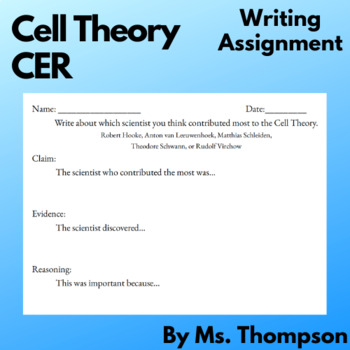
Cell Theory CER Writing Assignment

- Google Apps™
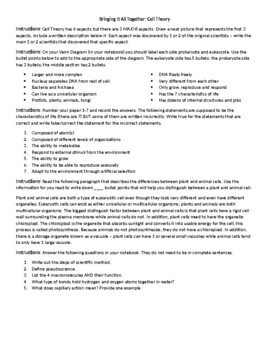
Cell Theory 3 Part Assignment

- Word Document File
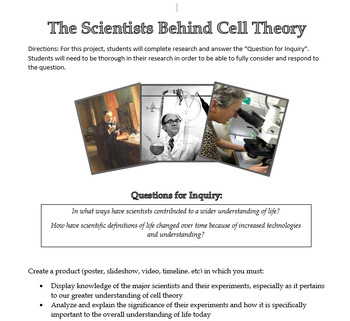
Cell Theory Timeline Assignment

Cells and Cell Theory - Google Classroom Assignment

Introduction to Cells and Cell Theory Activities - Digital & PDF

Cell Theory Sort and Foldbook

Halloween Cell Theory Activity

Introduction to Cells Quiz or Study Guide Cell Theory
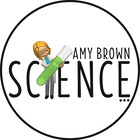
Cell Theory Reading Passage and Questions
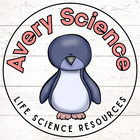
Cell Organelles Reading Assignment - Zombie Cells!

Cell Theory


Halloween Cell Organelle Reading Assignment

Cell Theory Doodle Notes

- Easel Activity
Cell Theory Reading Passage and Pixel Art Activity

Cell Theory Maze Worksheets
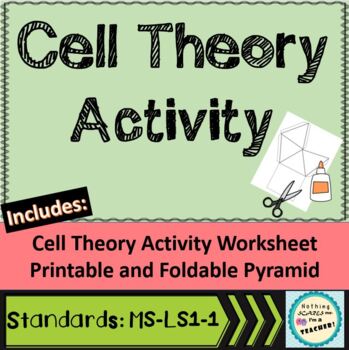
Cell Theory Hands On Activity

Cell Theory and Impactful People

- Google Slides™
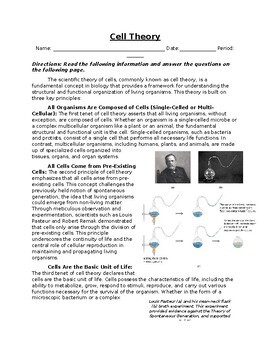
The Principles of Cell Theory : Informational Text, Images, and Assessment

Evidence of Cell Theory - Exploring Historical Experiments
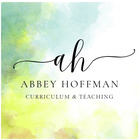
Introduction to the Cell Theory - Middle School Science - Google Doc

- Google Docs™

Cell Theory - Cell Organization Matching Activity - Biology Curriculum

- Google Drive™ folder
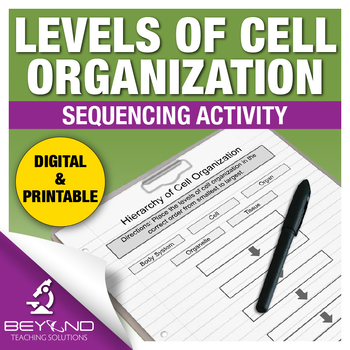
Cell Theory - Cell Organization Sequencing Activity - Biology Curriculum

Cell Theory Digital Activities | Distance Learning

Cell Theory Guided Science One-Pager Worksheet
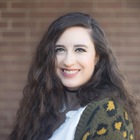
- We're hiring
- Help & FAQ
- Privacy policy
- Student privacy
- Terms of service
- Tell us what you think
ENCYCLOPEDIC ENTRY
Cell theory.
Scientists once thought that life spontaneously arose from nonliving things. Thanks to experimentation and the invention of the microscope, it is now known that life comes from preexisting life and that cells come from preexisting cells.
Micrographia Cover
English scientist Robert Hooke published Micrographia in 1665. In it, he illustrated the smallest complete parts of an organism, which he called cells.
Photograph by Universal History Archive/Universal Images Group via Getty Images
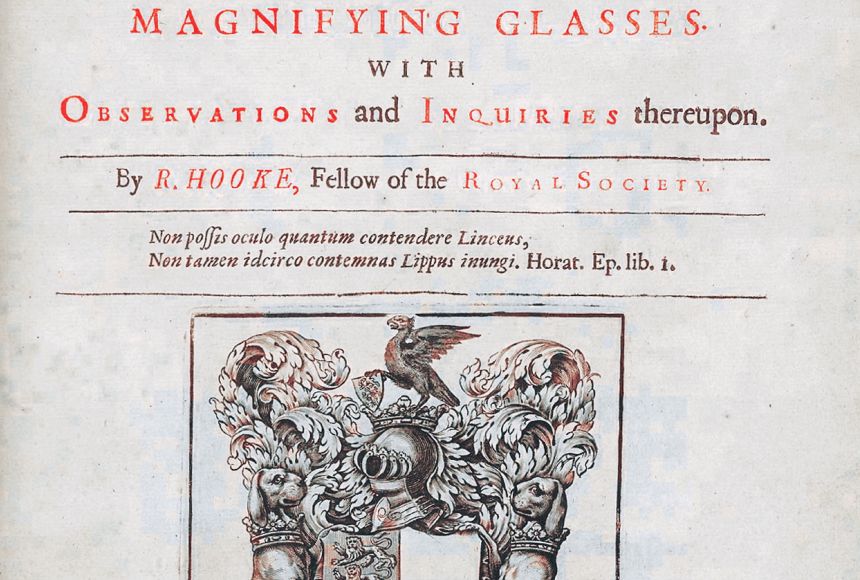
In 1665, Robert Hooke published Micrographia , a book filled with drawings and descriptions of the organisms he viewed under the recently invented microscope . The invention of the microscope led to the discovery of the cell by Hooke. While looking at cork, Hooke observed box-shaped structures, which he called “cells” as they reminded him of the cells, or rooms, in monasteries. This discovery led to the development of the classical cell theory . The classical cell theory was proposed by Theodor Schwann in 1839. There are three parts to this theory. The first part states that all organisms are made of cells. The second part states that cells are the basic units of life. These parts were based on a conclusion made by Schwann and Matthias Schleiden in 1838, after comparing their observations of plant and animal cells. The third part, which asserts that cells come from preexisting cells that have multiplied, was described by Rudolf Virchow in 1858, when he stated omnis cellula e cellula (all cells come from cells) . Since the formation of classical cell theory , technology has improved, allowing for more detailed observations that have led to new discoveries about cells. These findings led to the formation of the modern cell theory , which has three main additions: first, that DNA is passed between cells during cell division; second, that the cells of all organisms within a similar species are mostly the same, both structurally and chemically; and finally, that energy flow occurs within cells.
Media Credits
The audio, illustrations, photos, and videos are credited beneath the media asset, except for promotional images, which generally link to another page that contains the media credit. The Rights Holder for media is the person or group credited.
Production Managers
Program specialists, last updated.
October 19, 2023
User Permissions
For information on user permissions, please read our Terms of Service. If you have questions about how to cite anything on our website in your project or classroom presentation, please contact your teacher. They will best know the preferred format. When you reach out to them, you will need the page title, URL, and the date you accessed the resource.
If a media asset is downloadable, a download button appears in the corner of the media viewer. If no button appears, you cannot download or save the media.
Text on this page is printable and can be used according to our Terms of Service .
Interactives
Any interactives on this page can only be played while you are visiting our website. You cannot download interactives.
Related Resources

Lesson Plan: Robert Hooke’s Contributions to Cells and the Cell Theory
Interactive Notebooks , Lesson Plans
We are fascinated by cells! But, “cells” might be one of the most difficult life science topics for middle school students. Even though most students learn about cells in elementary school, many middle schoolers don’t remember much about them. The idea of a cell, and all of its vital roles, is just so amazingly abstract it is difficult for many students to conceptualize. For that reason, we like to spend some time exploring “What is a Cell?” We love to paint a picture to help students understand the excitement scientists felt upon seeing the first cells under a microscope or discovering that life doesn’t just “POOF!” and spontaneously generate out of thin air. By the end of this lesson students should be able to explain Robert Hooke’s contribution to cell studies and explain the cell theory.
Here’s what we’d typically do:
Sponge or bell work: Our lesson always starts with a bell-work question or activity that gets kids thinking about the topic at hand. For example:
- Ask the students: What is a cell, and how do you see it? What do cells do? Where did the word cell come from anyway?
- Begin the KWL template from our Cells Interactive Notebook activities
- One thing we love about teaching Science is making it fun for kids and this video , ‘The Wacky History of the Cell Theory,’ (TedEd) is a great way to engage your students with lighthearted humor and solid scientific background knowledge.
Let’s Explore: Set-up stations to allow students to explore background information about Robert Hooke. You can provide laptops with suggested websites, printed articles, and even class textbooks. Students can use their own devices at BYOD schools. Or we have a great set of Cell Theory STEAM based lab stations in which students will learn about the discovery of the cell, cell theory, the scientists that developed it, microscope discovery, and usage. Have students complete the “Robert Hooke’s Contribution to Cell Studies” template from the Cells Interactive Notebook .
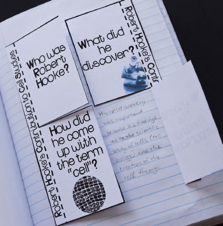

IMAGES
VIDEO
COMMENTS
The Cell Theory Complete The 3 Basic Components of the Cell Theory were now complete: 1. All organisms are composed of one or more cells. (Schleiden & Schwann)(1838-39) 2. The cell is the basic unit of life in all living things. (Schleiden & Schwann)(1838-39) 3. All cells are produced by the division of preexisting cells. (Virchow)(1858)
The cell theory biologists use nowadays dates back to major contributions of Schwann and Schleiden in 1839, enhanced by contributios of Virchow in 1858. The basic elements of the classical cell theory state that all living things are composed of cells, cells are the basic unit of structure and function in living things, and
1858- Rudolf Virchow, Russian physician, after extensive study of cellular pathology, concluded that cells must arise from preexisting cells. All organisms are composed of one or more cells. 2. The cell is the basic unit of life in all living things. 3. All cells are produced by the division of preexisting cells.
Today, the cell theory,which states that all organ-isms are made up of basic living units called cells and that cells come only from preexisting cells, is a basic theory of biology. The cell theory states the following: All organisms are composed of one or more cells. Cells are the basic living unit of structure and function in organisms.
The Cell Theory All living things are composed of cells All cells come from pre-existing cells The cell theory has helped scientists to understand the workings of the human body and the bodies of other living things. 1.2 Microscopes Blackline Master 1.2.1 The Parts of a Compound Microscope
The cell theory includes a component that states cells carry out similar functions, so this is a good time to quickly embed and review the function of organelles, even though this is not the focus of the lesson. Explain 1. Students view an animated TED Ed video that focuses on the development of the cell theory.
WHAT IS THEORY? O cell +heorg is one of the basic theories of biology. Ideas about cells and things evolved over It is composed of +hree main arts. living organisms are composed of one or more MODERN CELL THEORY INCLUDES: flow occurs within cells. Hereditary information ( ) is passed on from to All cells have the same basic Chemical composition.
Cell theory. Cell theory refers to the idea that cells are the basic unit of structure in every living thing. Development of this theory during the mid 17th century was made possible by advances in microscopy. This theory is one of the foundations of biology. The theory says that new cells are formed from other existing cells, and that the cell ...
The cell theory describes the structural organisaCon of all living things. According to the cell theory: • The cell is the smallest unit of life (unicellular organisms are capable of all seven funcCons of life) • All living things are composed of cells (or their cellular products - such as hair, nails, etc.)
Cell Theory Skit Objective: To explain the development of the cell theory. Directions: Develop a skit that you will present to the class about the scientists involved and the process of developing the cell theory. What to include in your skit: • Include the following scientists and their contribution to the cell theory o Rook Hooke
In this unit on cell theory and cell structure and functions, 7th grade students will be able to recognize the different levels of organization in plants and animals including cells, tissues, organs, organ systems, and organisms (7.12C). Students will also learn to differentiate between structure and function in plant and animal cell organelles ...
1. Robert Hooke- British scientist, who in 1665, built a microscope and looked at cork from a plant. He described the cork as looking like hundreds of boxes, and named these boxes "cells" which means "little boxes". 2. Anton van Leeuwenhoek- Dutch merchant, in 1673, built a microscope to look at pond scum. He saw many small creatures ...
The points of the theory have been found to be true for all life. As with any scientific theory, the Cell Theory is based on observations that over many years upheld the basic conclusions of Schwann's 1839 paper. However, one of Schwann's original conclusions stated that cells formed in a similar way to crystals.
use the term "cell". Microscopes and Cells •1830's. -Mathias Schleiden identified the first plant cells and ... the same conclusion about animal cells. Cell Theory 1. All living things are made up of 1 or more cells. 2. Cells are the smallest working units of all living things. 3. All cells come from pre-existing cells through cell ...
The Cell Theory 1. The cell is the basic unit of life. 2. All organisms are constructed of cells. 3. ... You have been given a project to study the newly discovered aromatase-kinase H (AKH), a ~41 kDa protein. A colleague has isolated a ~1400-bp Xho I restriction fragment of human cDNA that
Click Create Assignment to assign this modality to your LMS. ... PDF Most Devices; Publish Published ; Quick Tips. Notes/Highlights; Summary; Vocabulary; The Cell Theory - Advanced ... The Cell Theory 1501902274.65. All living things are made of one or more cells; cells are the basic unit of life; cells come only from other cells. ...
This assignment touches on:⚗️ The First Principle of Cell Theory ⚗️ The Second Principle of Cell Theory ⚗️ The Third Principle of Cell TheoryPurchase includes a PDF Packet with a 1-page Fact Sheet about Cell Theory, 3 Student Templates, 3 Guided Template Rubrics, 3 Dig
The Cell Theory Part 1 All living things are made of cells. Part 2 Cells are the basic unit of structure and function in living things. Part 3 ... Cell City Assignment Using your knowledge of the organelles of a plant cell, create a city (modern day city, ancient city, specific city, or make up your own) that uses all twelve organelles in a ...
The cell is the basic structural and functional unit of all known living . organisms. It is the ... The cell theory, first developed in 1839 by Matthias Jakob Schleiden and Theodor Schwann, states that all organisms are composed of one or more cells, that all cells come from preexisting cells, that vital functions ...
The classical cell theory was proposed by Theodor Schwann in 1839. There are three parts to this theory. The first part states that all organisms are made of cells. The second part states that cells are the basic units of life. These parts were based on a conclusion made by Schwann and Matthias Schleiden in 1838, after comparing their ...
Introduces cells, cell theory, and the levels of organization in organisms. Click Create Assignment to assign this modality to your LMS. We have a new and improved read on this topic.
Lesson Plan: Robert Hooke's Contributions to Cells and the Cell Theory. We are fascinated by cells! But, "cells" might be one of the most difficult life science topics for middle school students. Even though most students learn about cells in elementary school, many middle schoolers don't remember much about them. The idea of a cell ...
Assignment on cell theory - Free download as Word Doc (.doc), PDF File (.pdf), Text File (.txt) or read online for free. its on cell theory & a bit of cell history(my little effort)